The Israel-Hamas war after the ceasefire will focus on the southern Gaza Strip, with consequences that could be more catastrophic than the current one.
A seven-day ceasefire between Israel and Hamas ended on December 1 after hostage talks stalled and Tel Aviv accused the other side of violating the agreement. The Israeli military resumed air and artillery strikes in Gaza over the past two days, including on targets in the southern strip.
Before the ceasefire, the nearly eight-week war had killed more than 14,800 people in Gaza and created a severe humanitarian crisis, according to Palestinian health authorities in the West Bank.
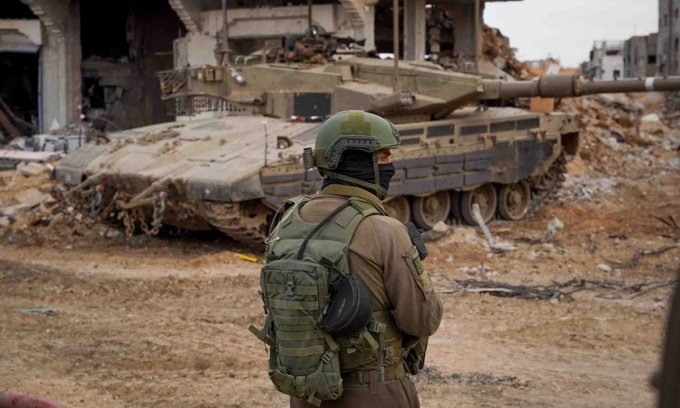
An Israeli soldier in the Gaza Strip on December 1. Photo: Reuters
With more than 100 hostages still held by Hamas in the Gaza Strip, the truce could theoretically be restored in the coming days if both sides agree to extend it until the last hostage is released. However, that possibility remains unclear, analysts say.
Talks with Qatari and Egyptian mediators over the release of hostages are continuing, even after Israel announced it would resume its offensive in Gaza, a source familiar with the matter said.
Israel paid a “heavy price” for the ceasefire, said Yakov Amidror, a senior fellow at the Jerusalem Institute for Strategic Studies and a former national security adviser to Prime Minister Netanyahu, noting that the ceasefire “broke the IDF’s fighting momentum and gave Hamas more time to regroup.”
"We understand this and we are ready to do so because that is the price to pay to rescue the hostages," he said, adding that Israel was prepared for a more aggressive campaign to make up for the lapse of the ceasefire.
Prime Minister Benjamin Netanyahu said last week that Israel would fight to the end. His government informed the United States before the ceasefire ended that it planned to shift the focus of its campaign to the southern part of the Gaza Strip.
Benny Gantz, Israel's wartime cabinet minister, said on November 29 that fighting would "expand wherever necessary across the Gaza Strip".
As Israel resumed its offensive, the United States urged it to find ways to minimize civilian casualties and avoid a repeat of the devastation that has taken place over the past two months.
"I underscore the United States' demand that the massive loss of life and displacement of people on the scale we saw in northern Gaza not be allowed to happen again in the south," US Secretary of State Antony Blinken said on November 30 from Tel Aviv.
Secretary of State Blinken said he had made clear to Israel that it must come up with a plan to protect civilians as well as hospitals, power plants and facilities in Gaza.
Prime Minister Netanyahu agreed to the request, but whether Israel will carry it out is another matter. Analysts say Israel will certainly continue its large-scale attacks until Hamas is crushed, and this time the fighting could be much more fierce.
Whether Tel Aviv heeds advice from Washington "will be a very strong indication of how much influence we really have over them," said Frank Lowenstein, special envoy for Israel-Palestine negotiations under US President Barack Obama.
If Israel continues its offensive in the south as it did in the northern Gaza Strip, “this could lead to increasingly bitter disagreements with the Biden administration,” Lowenstein said. “Since Israel may want to avoid a major public rift, it is likely that they will adjust their tactics somewhat in the next phase.”
Biden administration officials have discussed with their Israeli counterparts how to protect civilians evacuated to southern Gaza.
Moving civilians from the south back to the north after military operations there end is one option being discussed, according to a senior US official who spoke on condition of anonymity. But Israel has repeatedly warned the Palestinians who have been evacuated not to return to the north, stressing that the area is not yet safe.
Analysis of satellite imagery shows it is unclear how hundreds of thousands of evacuated residents will be able to return to the north, where about half of the homes there have been completely destroyed after nearly two months of fighting.
On December 1, the IDF dropped leaflets in Khan Younis, the largest city in southern Gaza, calling it a "combat zone" and asking residents to "evacuate immediately".
Gershon Baskin, a former Israeli hostage negotiator who has served as a conduit to Hamas, said it would be difficult for Gazan civilians to return to their homes in the north because most of the neighborhoods there were “unlivable.” But he did not see the conflict ending until Israel sent troops south, particularly to Khan Younis and Rafah, where Tel Aviv believes many senior Hamas members are concentrated.
Riad Kahwaji, executive director of the Institute for Near East and Gulf Military Analysis, a strategic and security consultancy in Dubai, assessed that if fighting broke out in the south, the situation "would definitely be different".
According to Kahwaji, the area is densely populated. "It was once designated as a safe zone and Israel evacuated nearly a million Palestinians from the north there," he said.
It is unclear what form Israel's military operation in the south will take, but Kahwaji said Tel Aviv could struggle to maintain support from the West as images of bloodshed and destruction emerge across the Gaza Strip.
"Images of destroyed buildings with dead babies and women pulled from under the rubble in northern Gaza have severely tarnished Israel's image," he said.
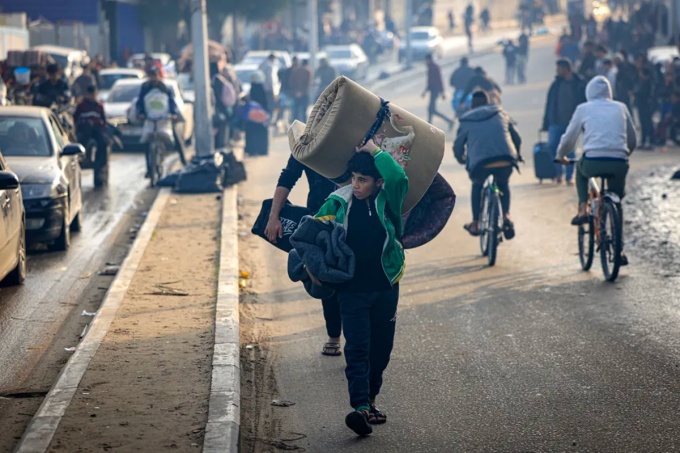
Palestinians carry their belongings as they move to safer areas after Israel resumed attacks on Rafah, southern Gaza Strip, on December 1. Photo: AFP
According to Baskin, with the extension of the ceasefire, Hamas may have hoped that international pressure would convince Israel to cancel its military operation. However, he noted that Israeli society is now overwhelmingly in favor of eliminating Hamas altogether.
Lowenstein, the former US envoy, predicted that Israel's immediate focus would likely be "establishing safe zones and evacuation corridors for civilians in the south." But it's unclear how feasible that would be, given that hundreds of thousands of displaced civilians are living in a very small area.
“The already dire humanitarian conditions are likely to become even more dire as the weather worsens and the health situation worsens,” he added.
Kahwaji said one factor likely influencing Israel's military calculations is the comparison of the pros and cons between a ground offensive and air strikes.
Israel has previously relied heavily on air strikes and precision strikes against Hamas to avoid large casualties among its troops. If Israel decides to focus its ground offensive on southern Gaza, it will pose a major challenge to its troops.
“Urban warfare is the most difficult form of combat,” Kahwaji said. “It is considered hell for any soldier who engages in an attack.”
Amidror, a former adviser to Prime Minister Netanyahu, said Israel would do what it could to minimize civilian casualties, but it could not stop the operation just because Hamas was using civilians as "human shields".
“Let’s assume there is no way to fight and destroy Hamas without harming civilians,” he said. “What is your advice? Give Hamas immunity because they have been so successful in using civilians as human shields?”
"In our opinion, Hamas has no right to do so and we will destroy them," Amidror stressed. "If civilians in Gaza pay the price for this, we are sorry, but the question of responsibility should be placed on Hamas."
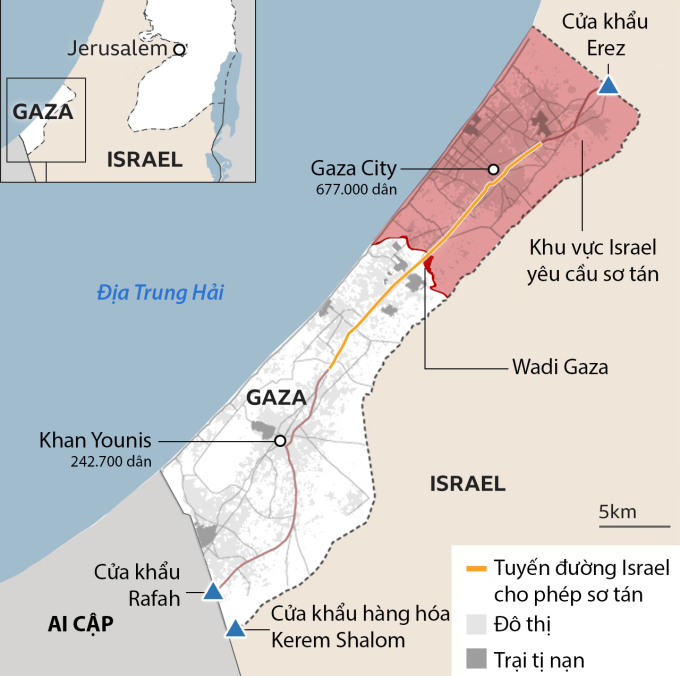
Location of Khan Younis and the area the Israeli army ordered evacuated in the northern Gaza Strip. Graphics: BBC
Vu Hoang (According to CNN )
Source link


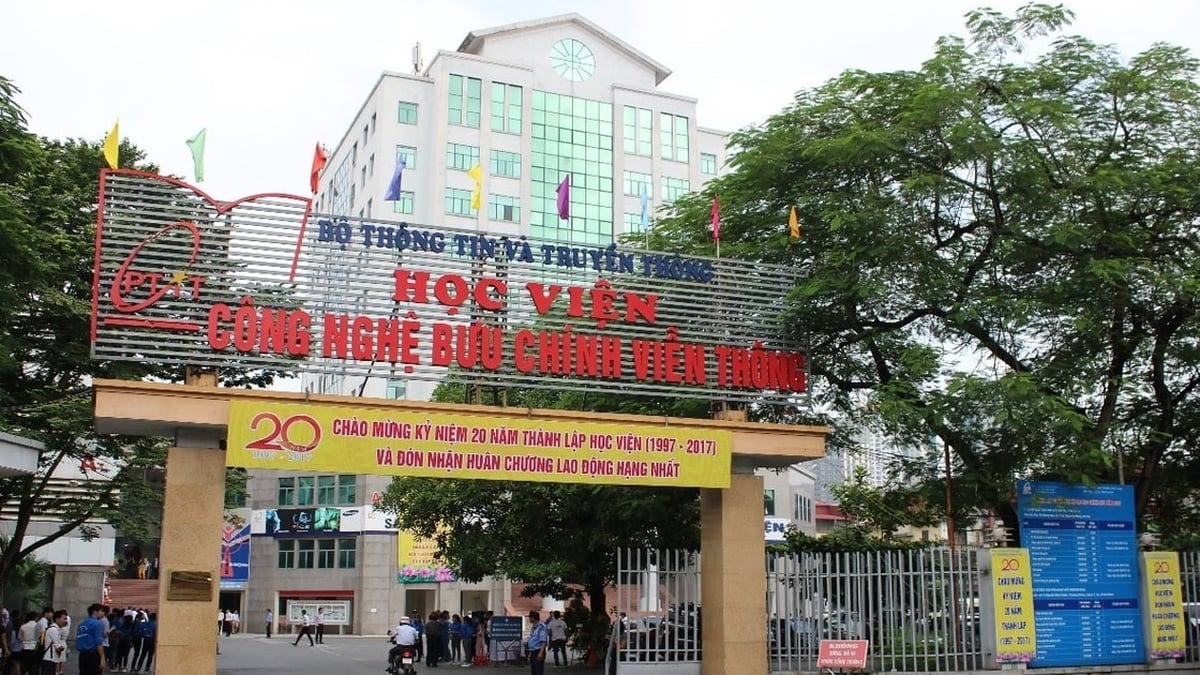

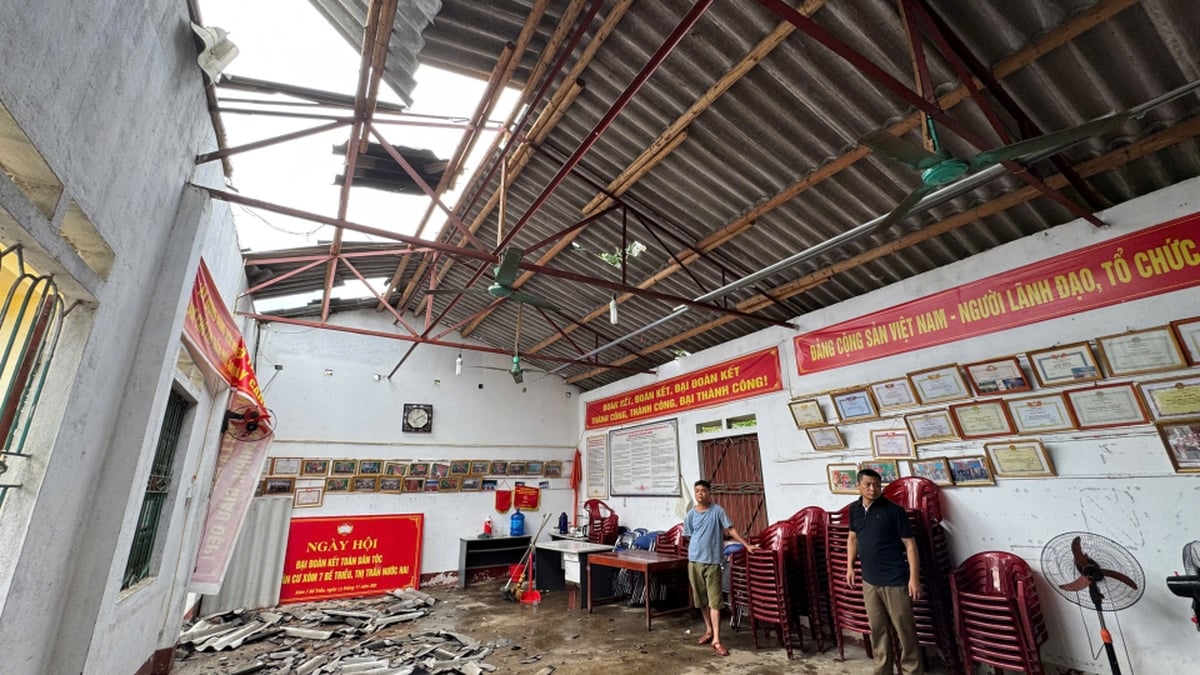
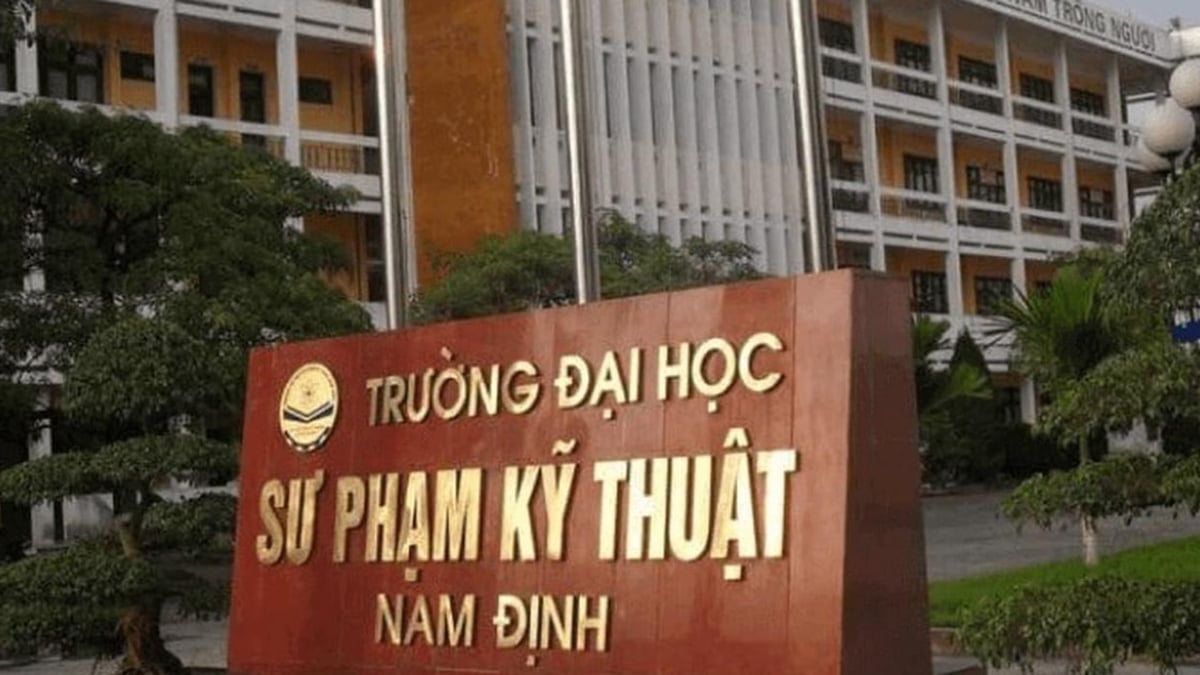
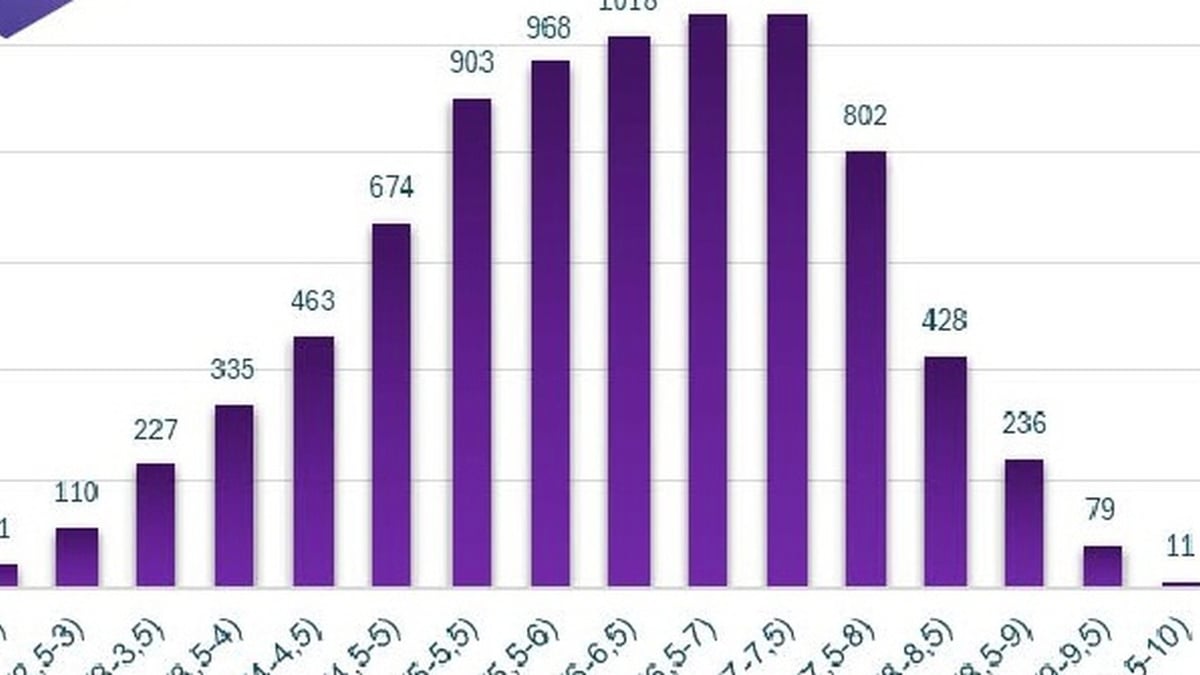

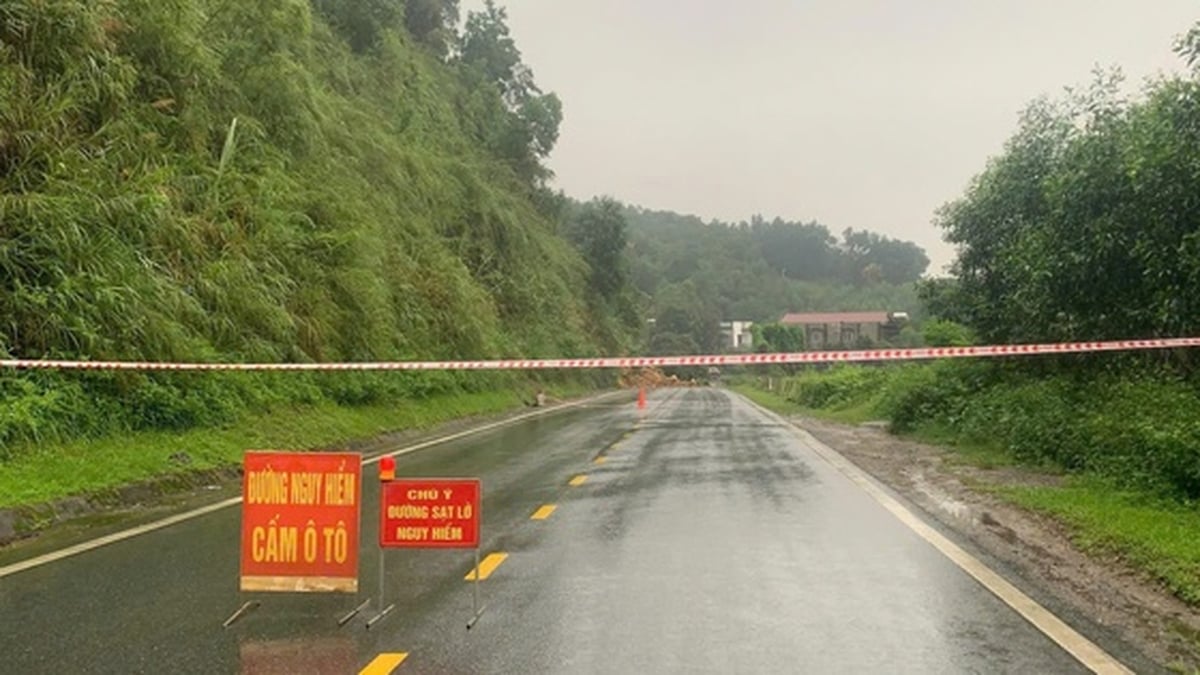
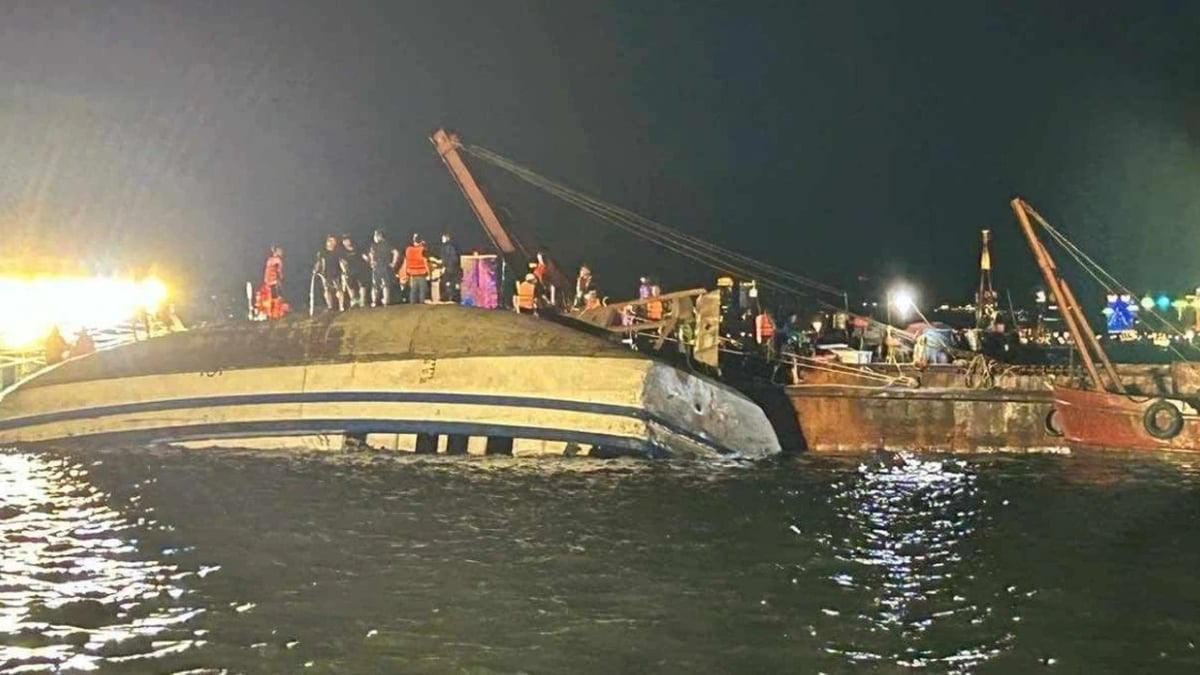
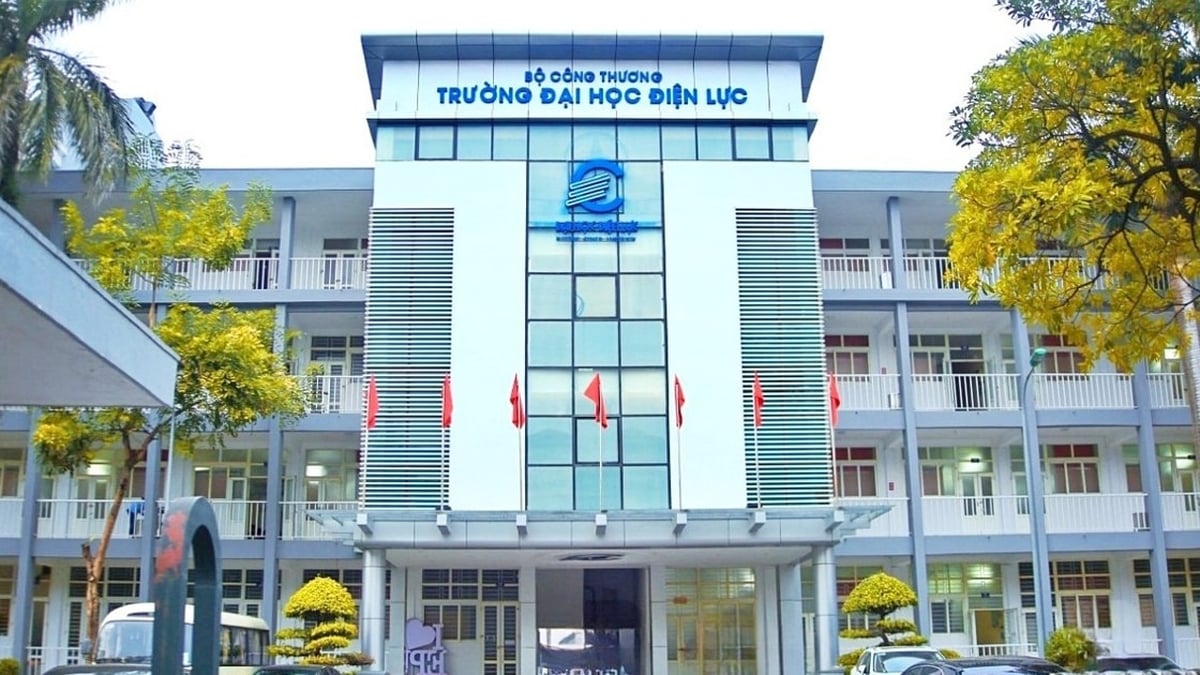
![[Video] The difference in scores between university admission groups will be announced soon](https://vphoto.vietnam.vn/thumb/1200x675/vietnam/resource/IMAGE/2025/7/19/16441946784f4c4b8b6987f8164b1a83)






















































































Comment (0)